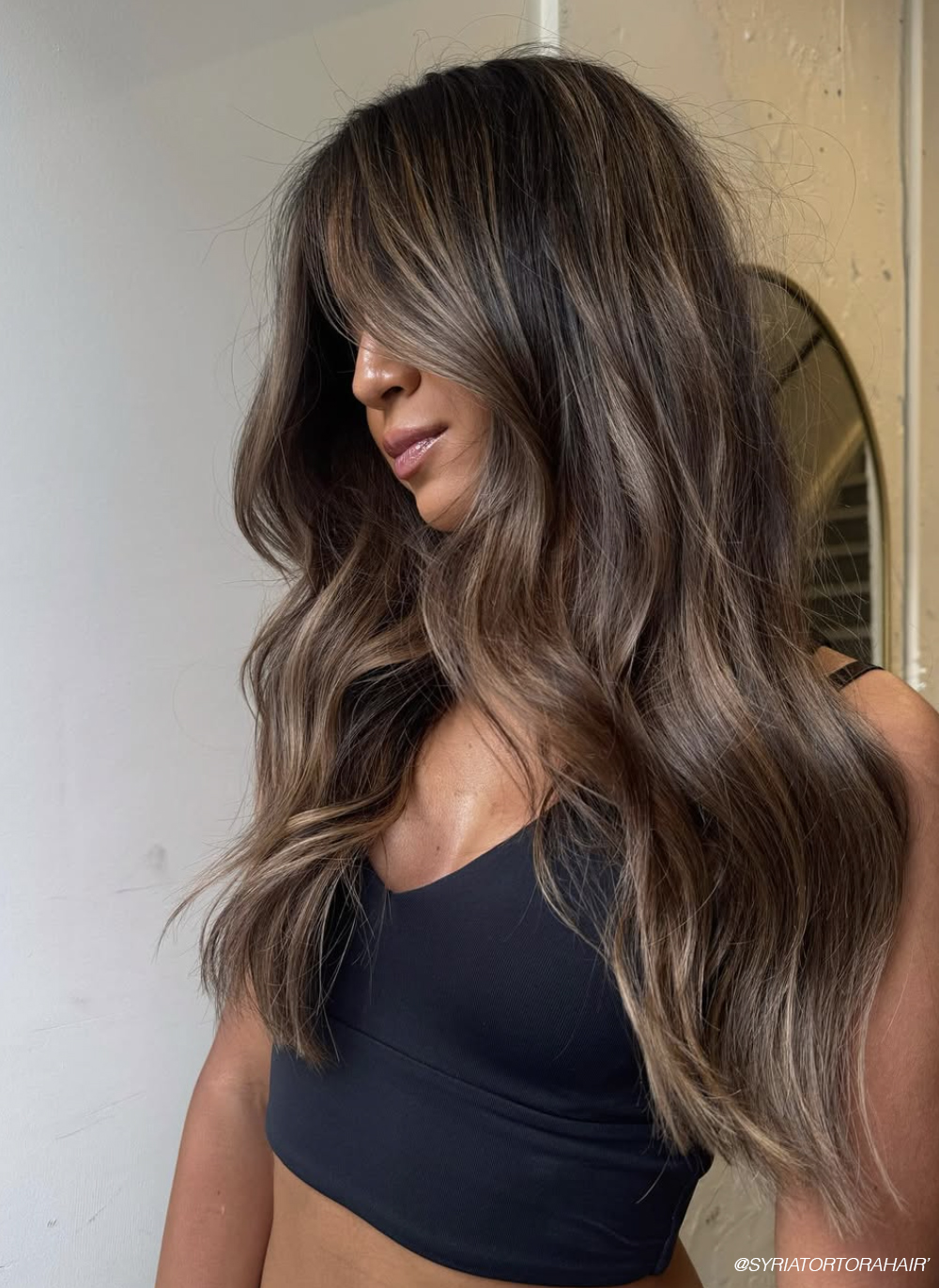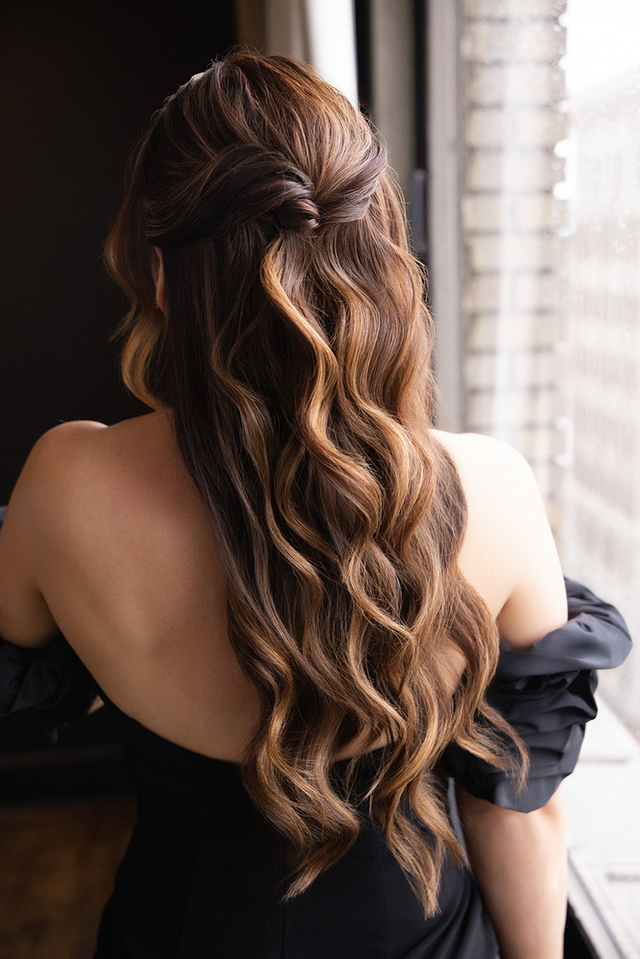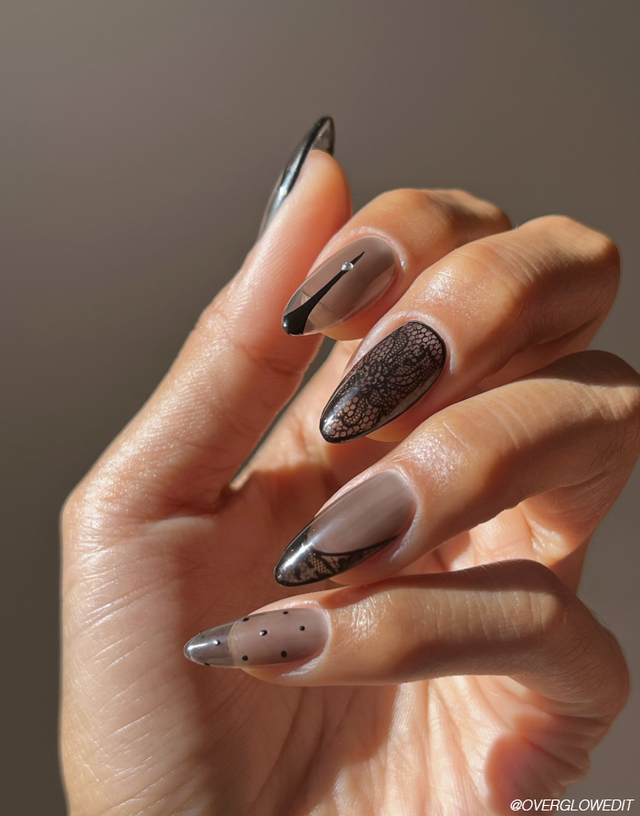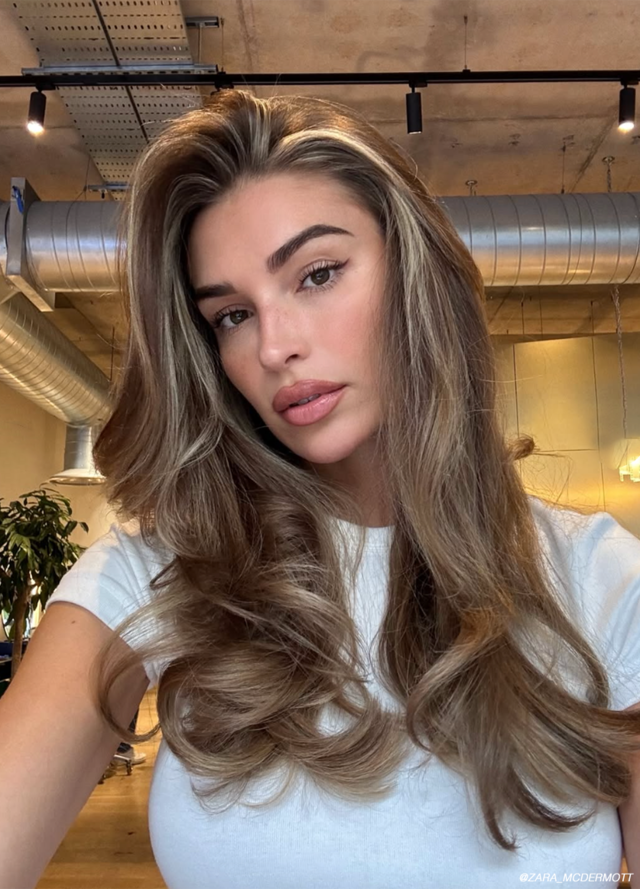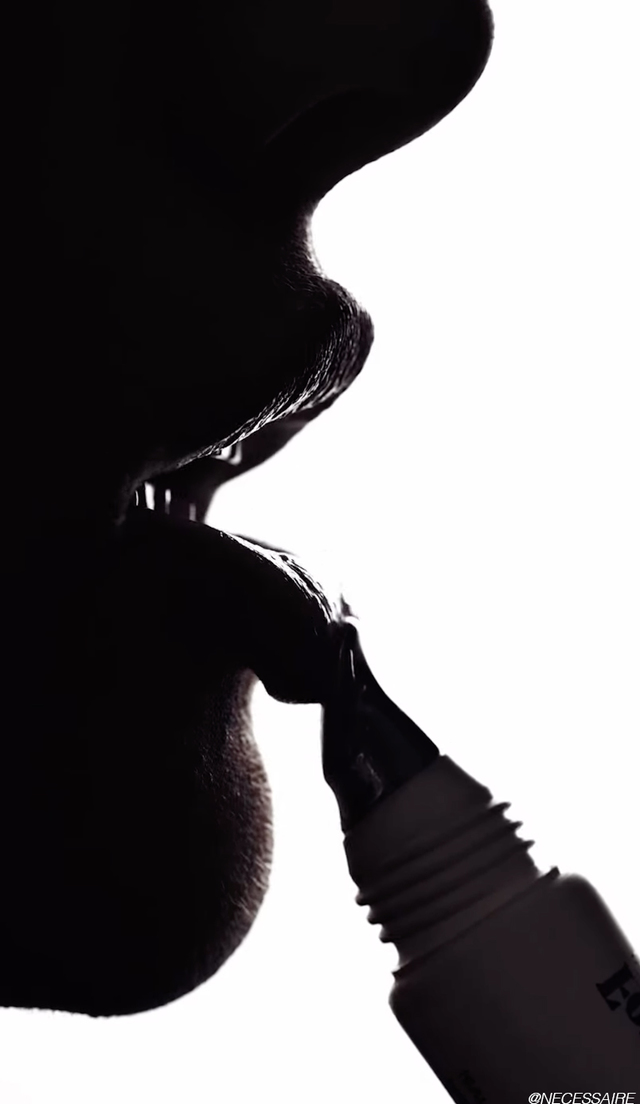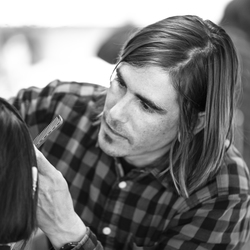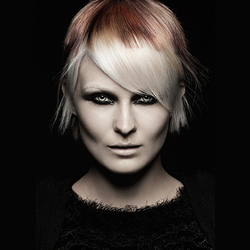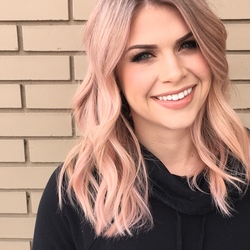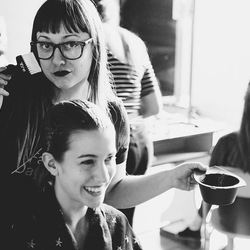Whether you're behind the chair five days a week or the kind of client who can spot a warm tone from across the room, one thing is clear: toning brunette hair is as much an art as it is a science. With dimensional color dominating the industry, rich brunette hues are having a major moment—but with deeper bases comes the challenge of keeping unwanted warmth in check.
Let’s be clear: not all warmth is bad. In fact, leaning into copper, auburn, or golden tones can create stunning, seasonal finishes when done with intention. But, when warmth crosses the line into brass territory, things can get tricky. We're diving into some of the top toning techniques for brunettes below with inside from Redken Global Artistic Ambassador Adrienne Dara.
The Problem With Brassy Brunettes
As colorists, we've all been there. You’re going for rich espresso and somehow land with red-brown. Over-warming a brunette base can throw off the entire tonal balance, making your dimensional color appear flat, loud, or muddy. It’s a common misstep—especially when working on previously lightened or porous hair. But the solution isn’t to fear warmth altogether. It’s to control it, place it, and formulate with expertise.
Toning Brunettes: Pro Tips to Neutralize Without Dulling
1. Add Intention to Your Warmth
The key difference between “vibrant warmth” and “brassy disaster” is placement and purpose. Warmth can be stunning when added to create depth, dimension and vibrancy. But you’ve got to learn how to control how much you add. When creating warm tones, easy does it. You want a hint here and there versus overwhelming with too much. Concentrate on where you want the eye to go and what the client will see first.
2. Never Underestimate the Power of a Neutral Base
One of the most consistent insider secrets among seasoned stylists? Always include an NB (natural brown) tone in your formula. NB is the foundation that keeps brunette glosses grounded. When layering multiple series (gold, ash, mocha, copper), a solid NB helps prevent your formula from drifting too far into warmth—or from turning overly ashy and flat. Ratio Rule of Thumb: Make NB either the dominant tone or at least equal to your other tones depending on the desired outcome. This balance helps your tone wear more naturally and fade more evenly between appointments.
3. Know When to Tone Down vs. Build Up
For overly warm brunettes, especially those coming in with previous highlights or sun-exposed ends, your best move may be to neutralize first, then enhance. Pre-toning, or layering a neutral gloss before your final toner, creates a clean slate. This step neutralizes residual yellow-orange hues and allows your final formula to appear truer-to-tone. Especially when working with compromised or porous hair, this two-step toning process keeps your results crisp and controlled.
4. Choose an Acidic Demi for Shine + Control
Not all toners are created equal. When it comes to brunette shades—especially those prone to fading or warmth—an acidic, ammonia-free gloss like Redken Shades EQ is ideal. The formulas gently coat the cuticle rather than penetrate it, meaning less damage, softer texture, and more reflective color. The acidic pH also helps rebalance the hair after lightening, which is key for smooth, shiny results that last. Look for glosses designed to add tone, balance pH, and enhance condition in one step—especially for your brunette clients looking for a high-shine, low-maintenance result. Once considered a finishing step for blondes, gloss services are now a must-have for all shades. Not only do they help fine-tune tone, but they also boost shine, soften lines of demarcation, and extend the life of a color service.
